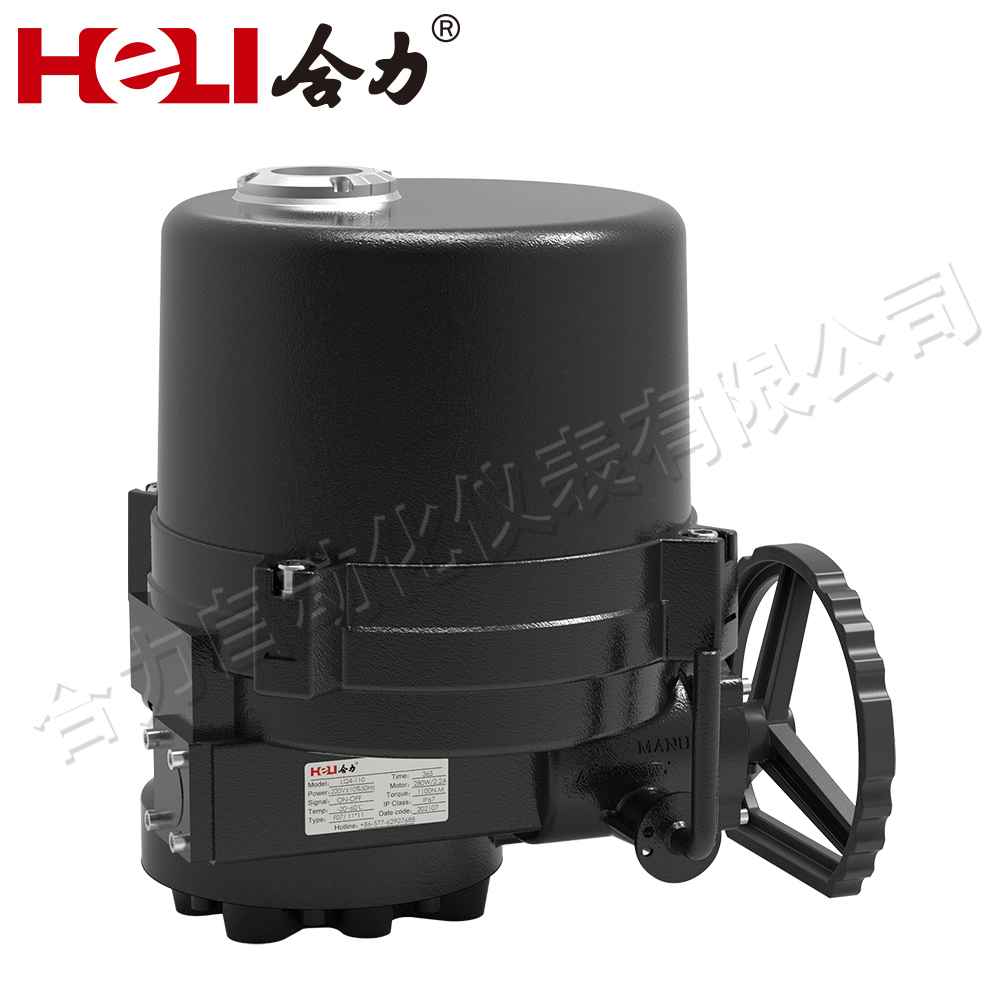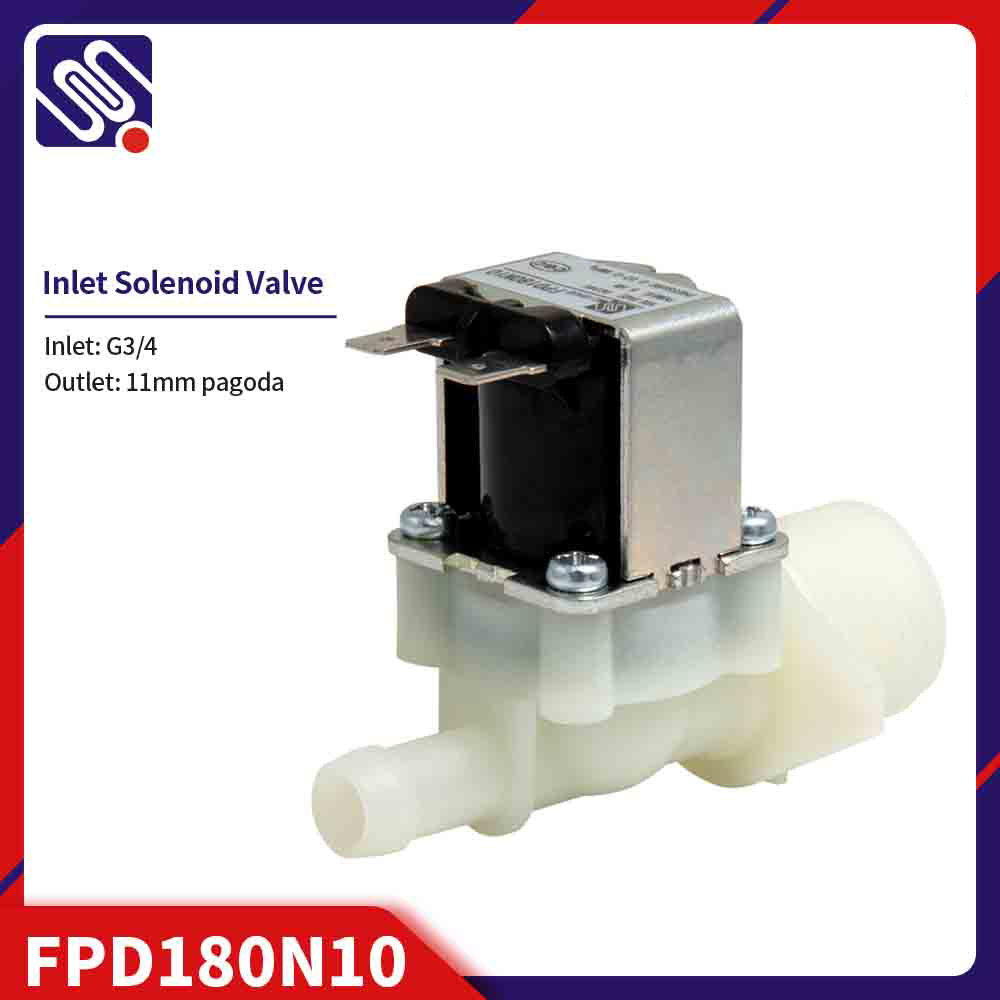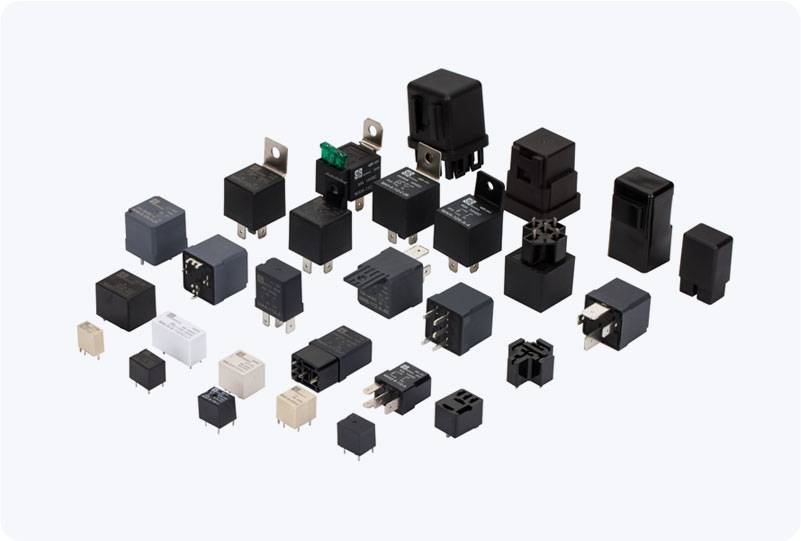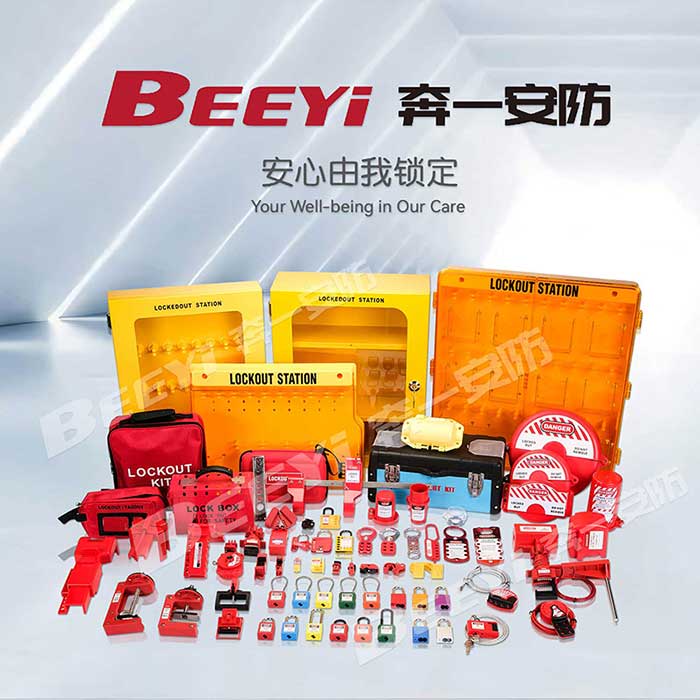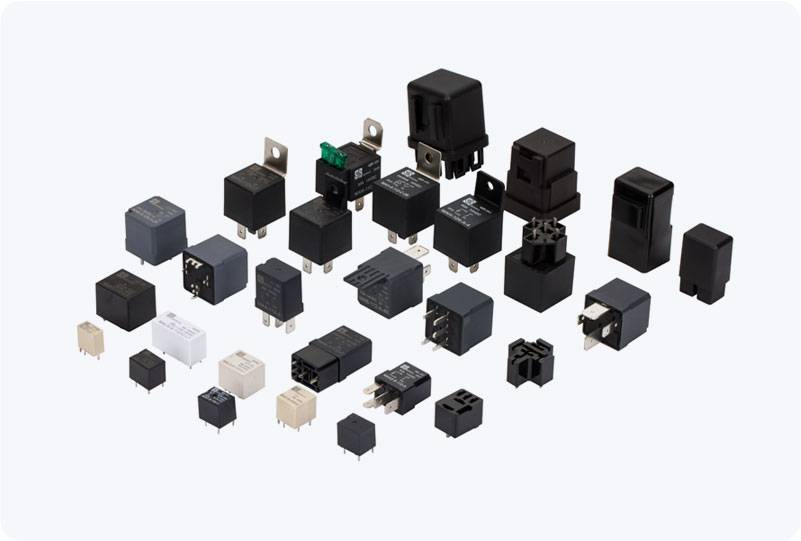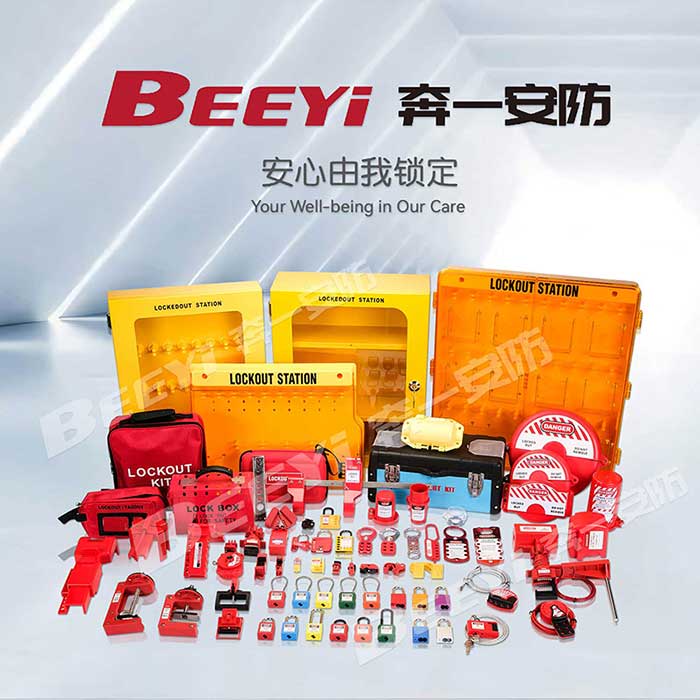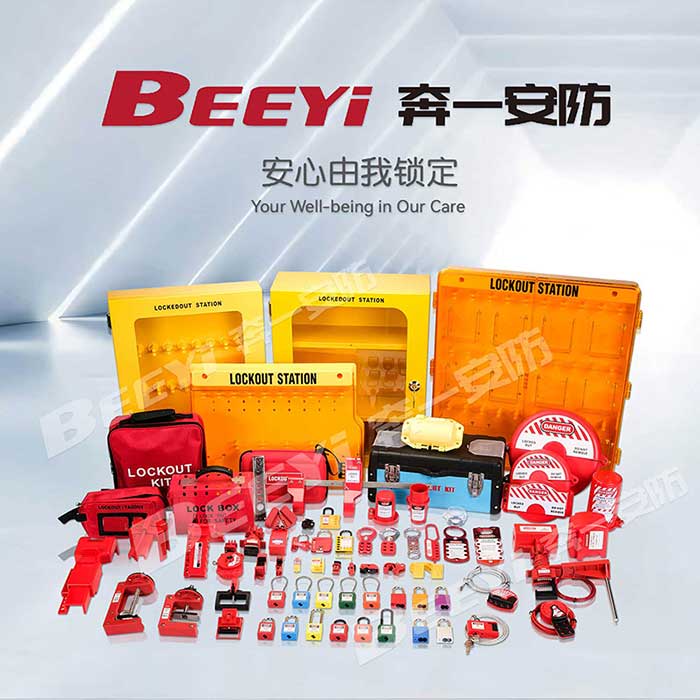As the world moves towards cleaner and more sustainable energy sources, the demand for innovative technologies that integrate renewable energy solutions continues to rise. One such promising innovation is the Hydrogen Energy Waterproof Electric Actuator, which combines the power of hydrogen energy with the precision and reliability of electric actuators, all while ensuring protection against water exposure. This powerful combination opens up new possibilities for industries that require both eco-friendly energy and durability in harsh environments.
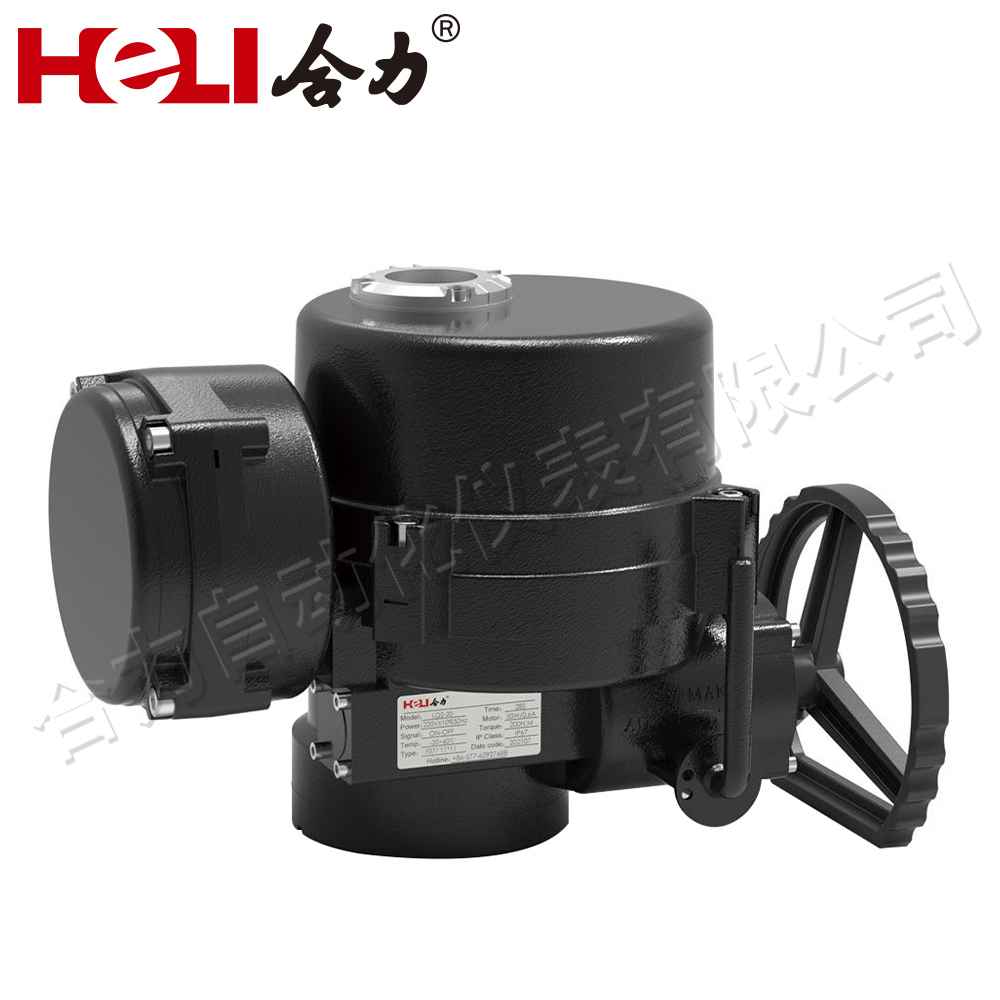
What is a Hydrogen Energy Waterproof Electric Actuator?
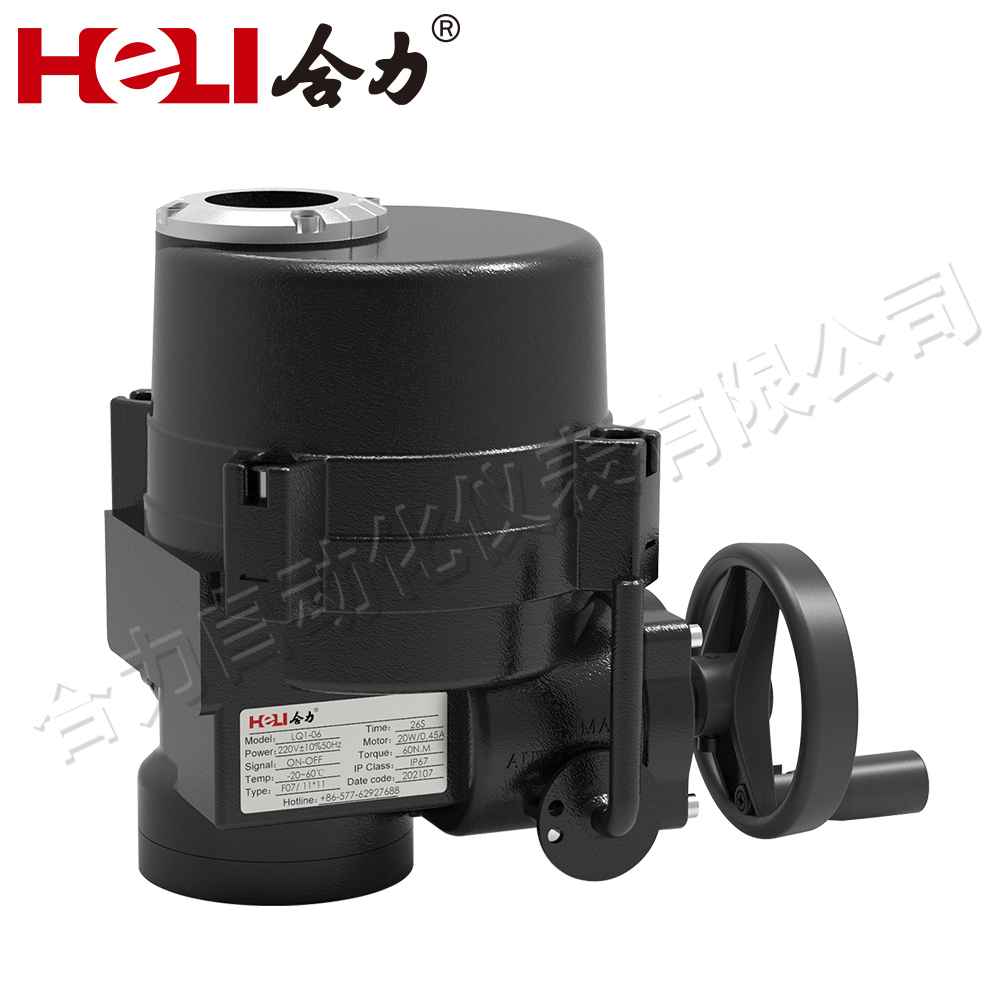
A Hydrogen Energy Waterproof Electric Actuator is a specialized device that uses hydrogen as its energy source to power an electric actuator, designed to operate in wet or submerged environments. An actuator is a mechanical device that converts energy into motion, typically linear or rotary. Electric actuators, which use electricity to generate motion, are already widely used in applications ranging from robotics to industrial machinery. When paired with hydrogen energy, these actuators not only provide a cleaner alternative to traditional power sources but also enhance their performance in conditions where water exposure is inevitable.
